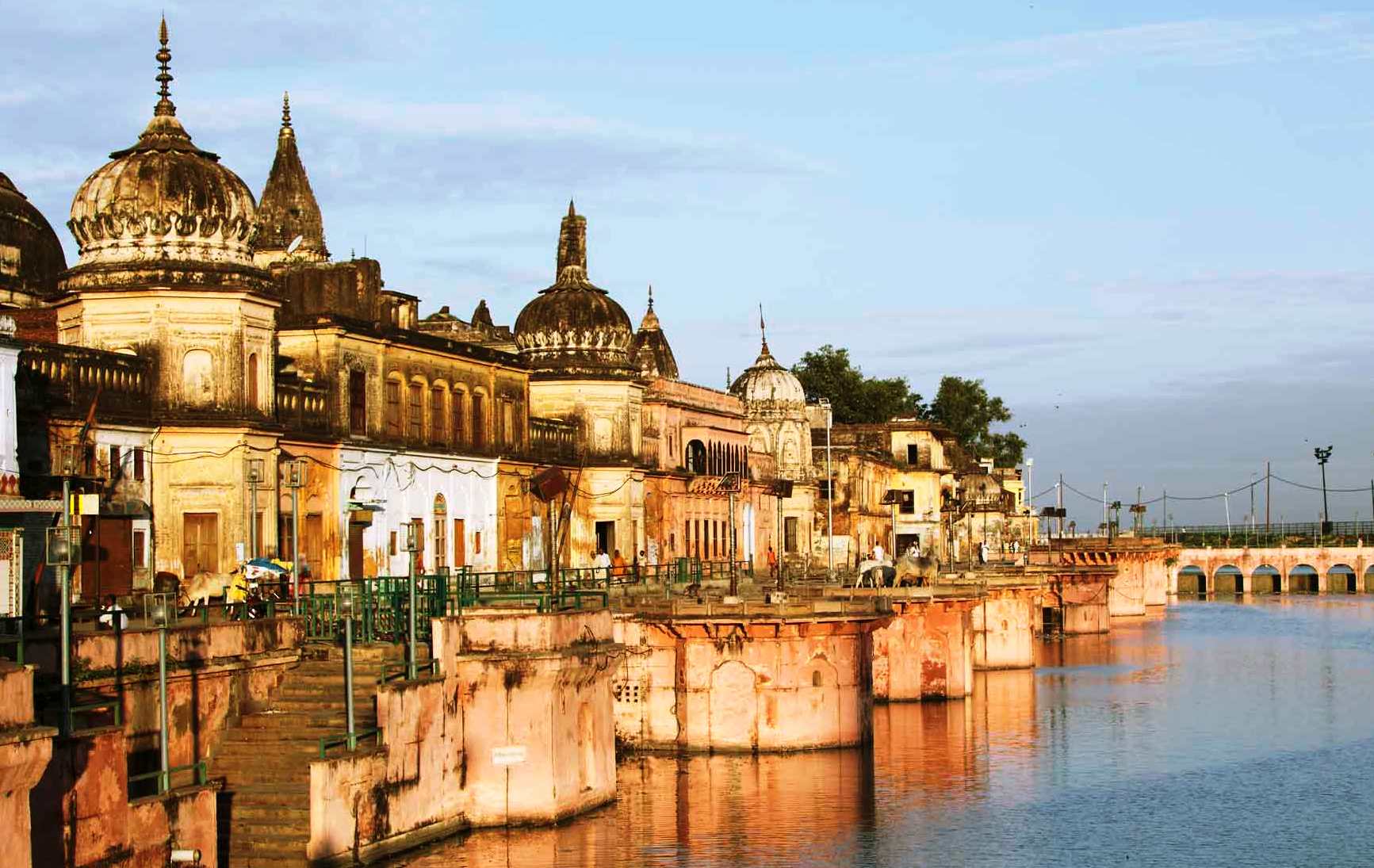By Sandeep Pandey
The Sarva Dharm Sadbhav Kendra Trust proposes to convert the Ram Janaki temple at Saryu Kunj, Durahi Kuan in Ayodhya into a multi-faith harmony centre where people believing in any religion as well as those who don’t believe in any religion would be welcome without any discrimination on the basis of religion, caste, gender, race or ethnicity. The idea was initiated by Zafar Saifullah, former Cabinet Secretary of the Government of India, who founded the Trust before his death. Acharya Yugal Kishore Shashtri, the Mahant of the abovementioned temple in Ayodhya is also a Trustee.
The reason why such a centre is being conceived in Ayodhya is because historically Ayodhya, being the birth place of Lord Ram as well as where he ruled, has been a holy place not just for Hindus but for followers of at least four other religions – Buddhism, Jainism, Sikhism and Islam. Gautam Buddha is believed to have spent four seasons during rainy months each of them comprising of four months, which is about sixteen months, in Ayodhya. Four of the twenty-four Tirthankars of Jain religion are believed to have been born in Ayodhya which includes the first Tirthankar Rishabhdev whose statue is built here. Mazars of two prophets of Islam, Hazrat Nooh Alhe Salam and Hazrat Shish Alhe Salam are built here along with a number of Sufi mazars because of which Ayodhya has also acquired the name of Khurd Mecca. A number of Muslims are brought from other places to be buried here after their death because Ayodhya is considered to be a holy place for them. The sixth guru of Sikh religion Guru Teg Bahadur is believed to have spent two years in Ayodhya. A Gurudwara is built here in his memory.
As Ayodhya is a holy place for followers of five religions it would be inappropriate for followers of any one religion to stake a claim here. As Hinduism is the oldest among these religions most buildings here are associated with this religion. But as newer religions appeared during history followers of these later religions also carried out their activities here. Some of them stayed here permanently. Hence some other places associated with later religions came up. By and large followers of different religions, not just in Ayodhya but in other places in India also, have tried to co-exist respecting each other’s religions. Ayodhya is a fine example of this syncretic culture for which India is famous in the world. Ayodhya literally means a place of ‘no war’. It was located adjacent to Faizabad which was the capital of province of Awadh, which literally means place of ‘no killing’. Hence there is no doubt about the history of people practicing different religions living together in Ayodhya. It is only appropriate that a place dedicated to the idea of communal harmony be built in Ayodhya.
The Sarva Dharm Sadbhav centre proposed to be built in Ayodhya will be a model for future religious centres. In a world where increasingly a need is being felt for living in communal harmony, we cannot continue with the old model where every religious follower believes his religion to be superior to other religions. Some try to convert others to their religion. It is inexplicable why when most religions believe in the concept of one God would they compete with one another? Most clashes and deaths among human beings, except for when the humans have been the victim of nature’s fury, have probably been because of religions. There can be no greater contradiction. Religions are supposed to tell us how we may live together in harmony and they become the most serious cause of societal conflict. The teachings of great masters, prophets or incarnations have been on similar lines. Most religions also teach us to take care of less privileged amongst us. But we hardly follow the message of compassion. We take out some time from our material pursuits and fulfill our religious duties more as a formality hardly caring about the downtrodden. We find some reason to justify their situation and go on with our life.
The proposed multi-faith harmony centre at Ayodhya will provide a space to debate all religious, social and philosophical issues with an open mind respecting a basic rule that what we say should not hurt the feelings of any other human being. Or, we must practice enough care to ensure that we say things on which we don’t agree in a manner that it doesn’t hurt anybody’s sentiments. This will require a great effort on the part of people who’ll run this centre. To ensure that whatever is being discussed is authentic a resource in the form of a library will be established at the centre with books and other material audio-visual-digital material covering various thought from all over the world.
But we don’t believe that religion is to be observed at a merely intellectual or spiritual level. Serving the fellow human being, especially the one in need, is the crux of religion and hence humanity. The Trust will also run a kitchen on the lines of ‘langar’ in Gurudwaras to take care of the problem of malnourishment in Indian society. The entire centre would be run by volunteers dedicated towards performing service. The Trust will try to take care of education and health care needs of children, women, adults and old. The Trust will empower people by training them in accessing their basic rights from the governments, courts, etc., for example by using the Right to Information. The income-expenditure details of the Trust would be transparent. The central idea is to present to the world an ideal religious/spiritual centre in the service of all humanity and nature.






















